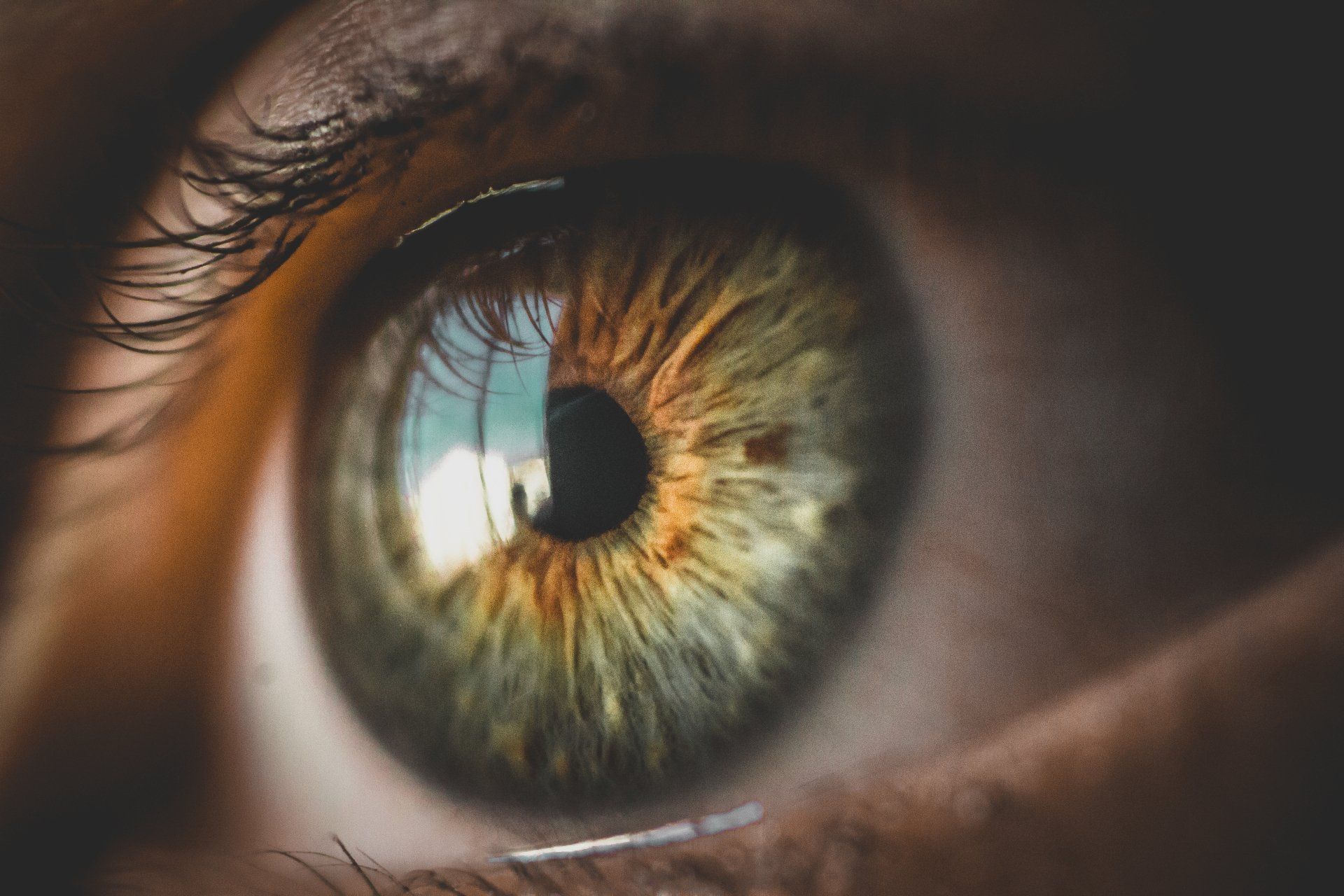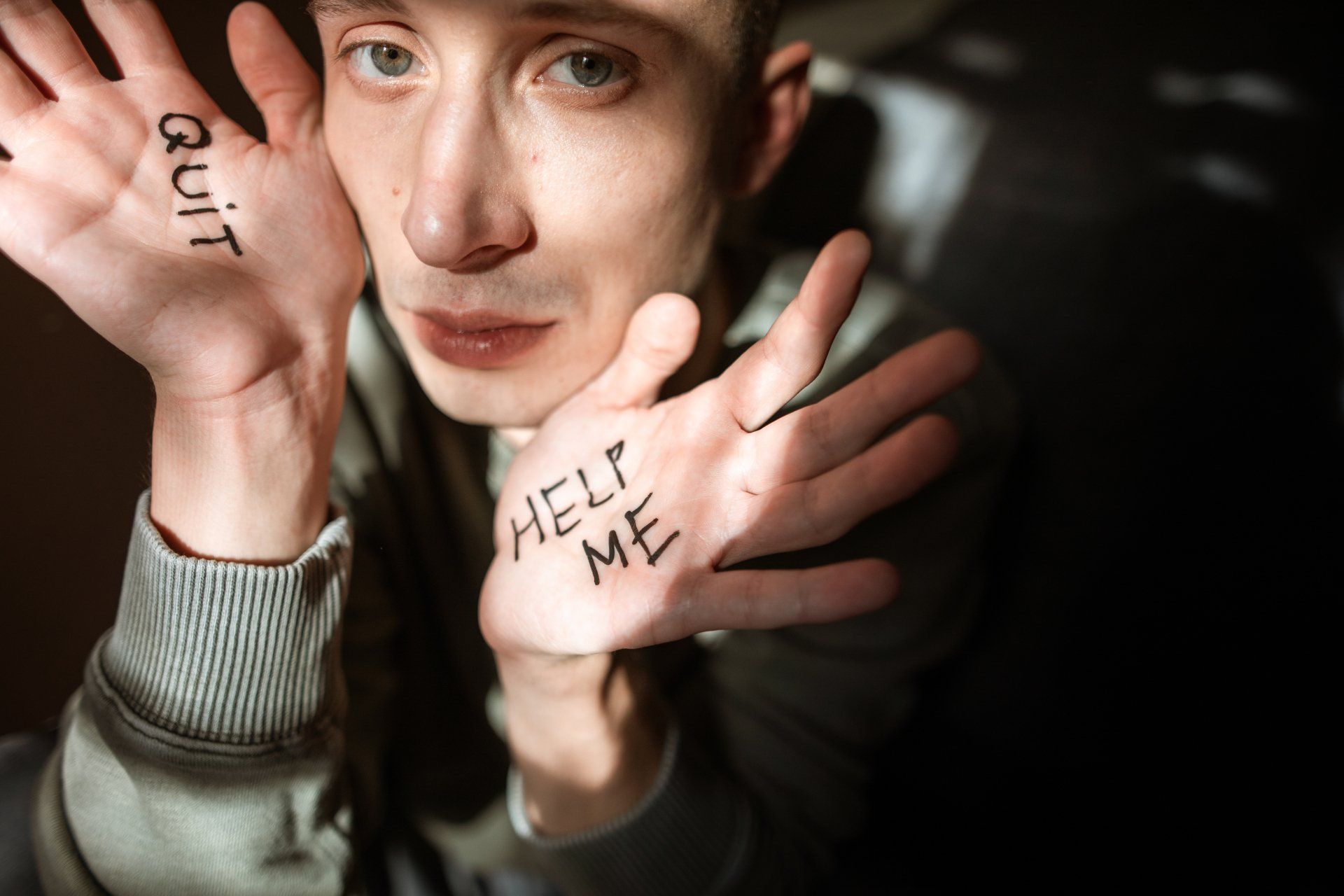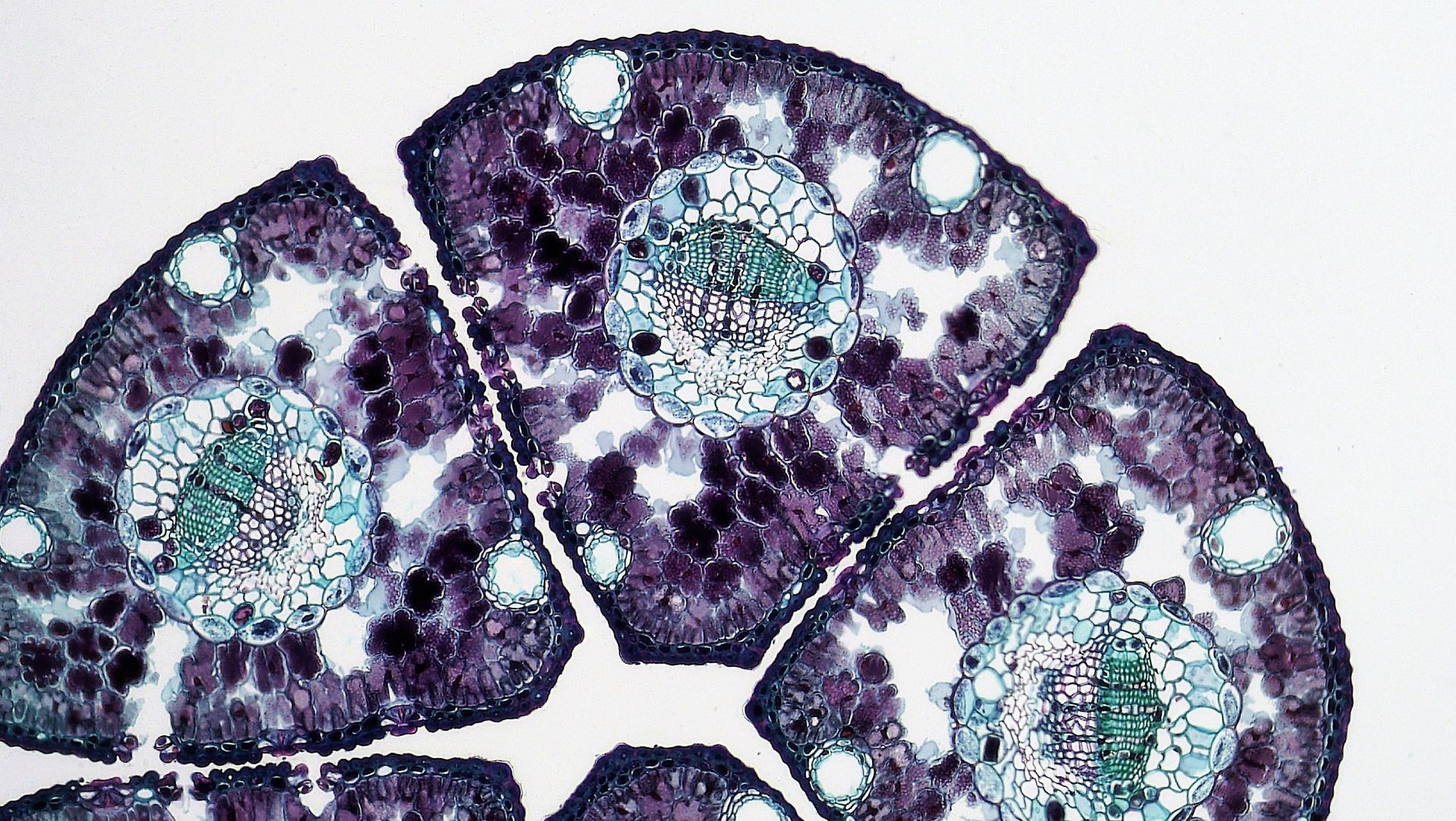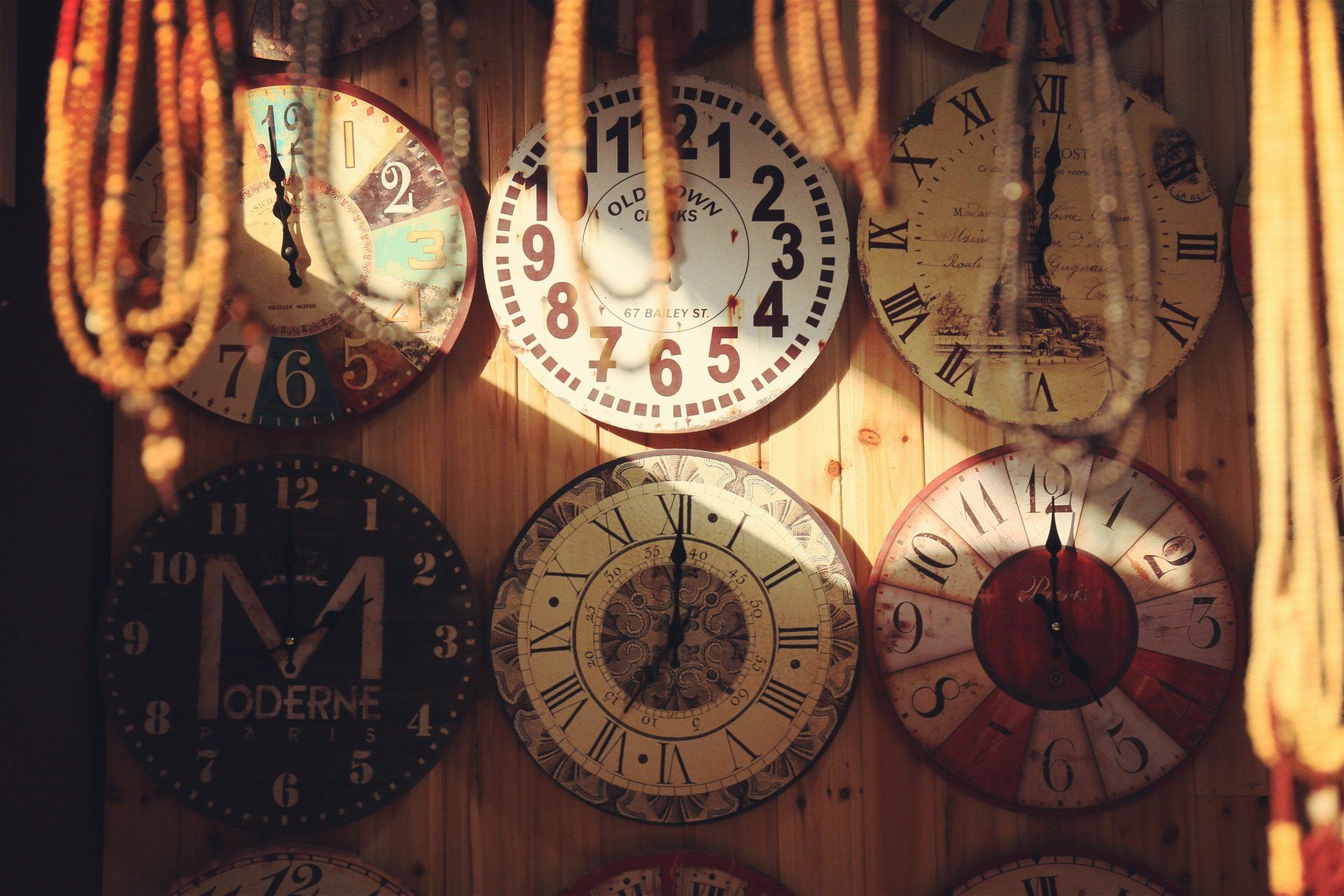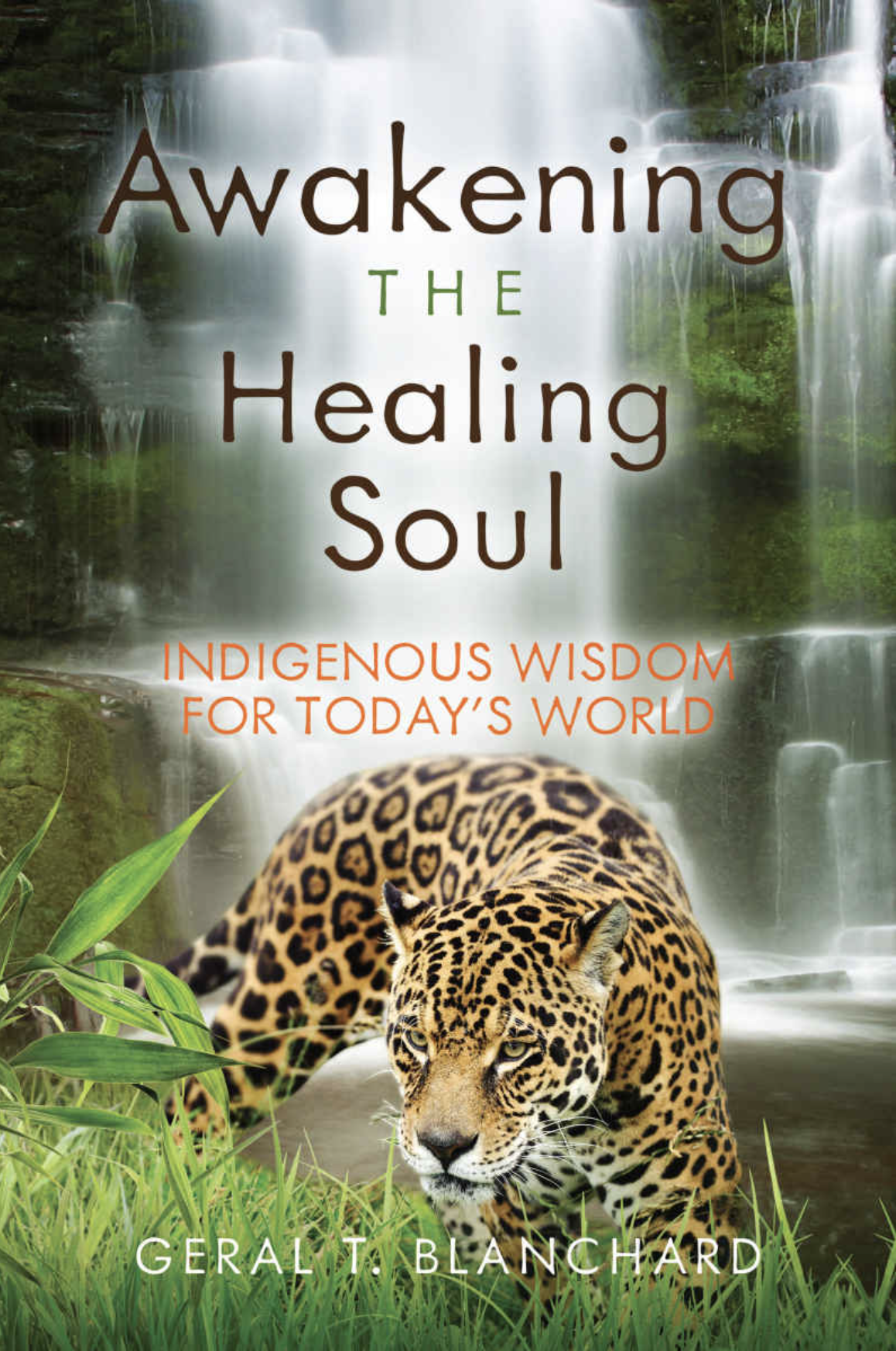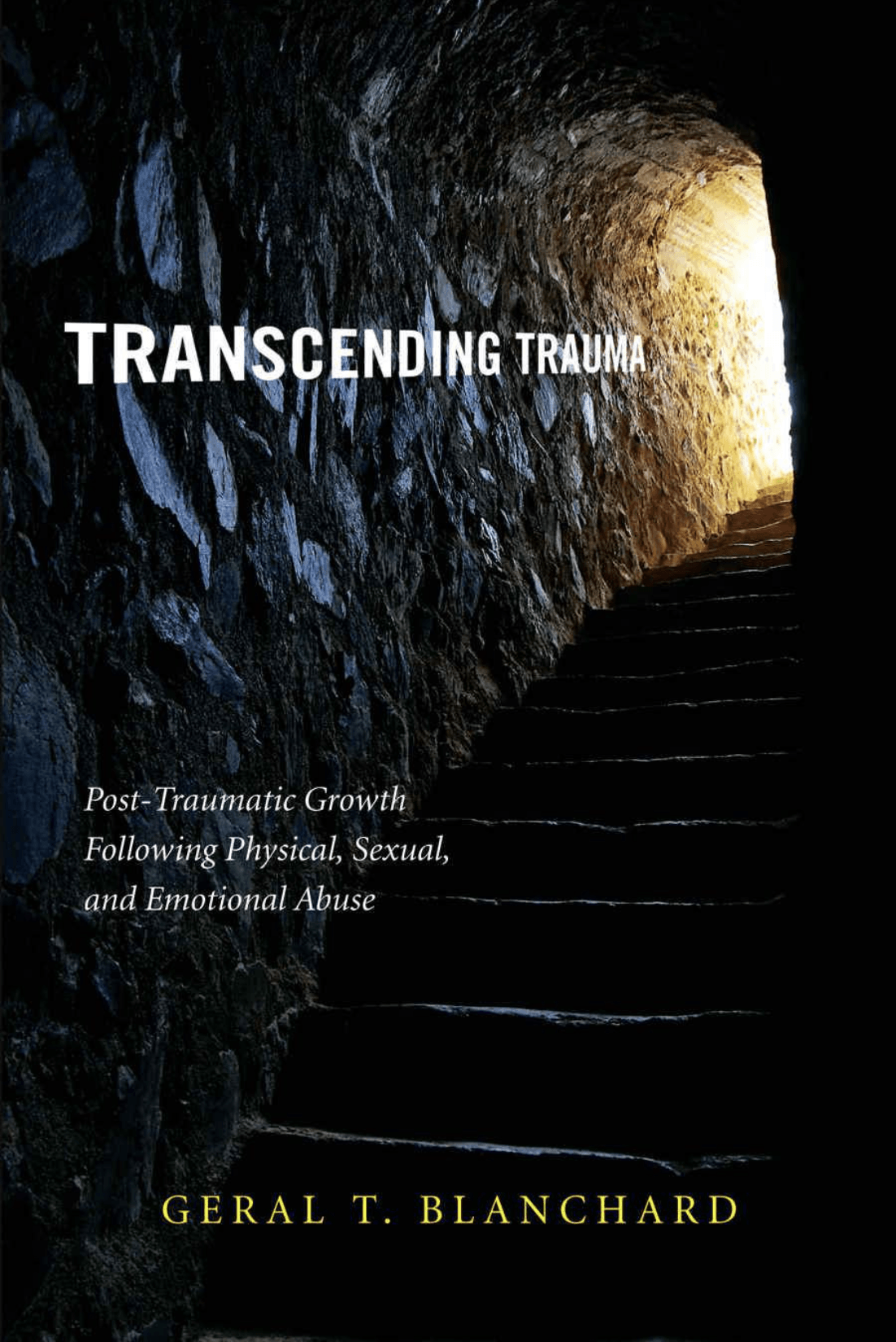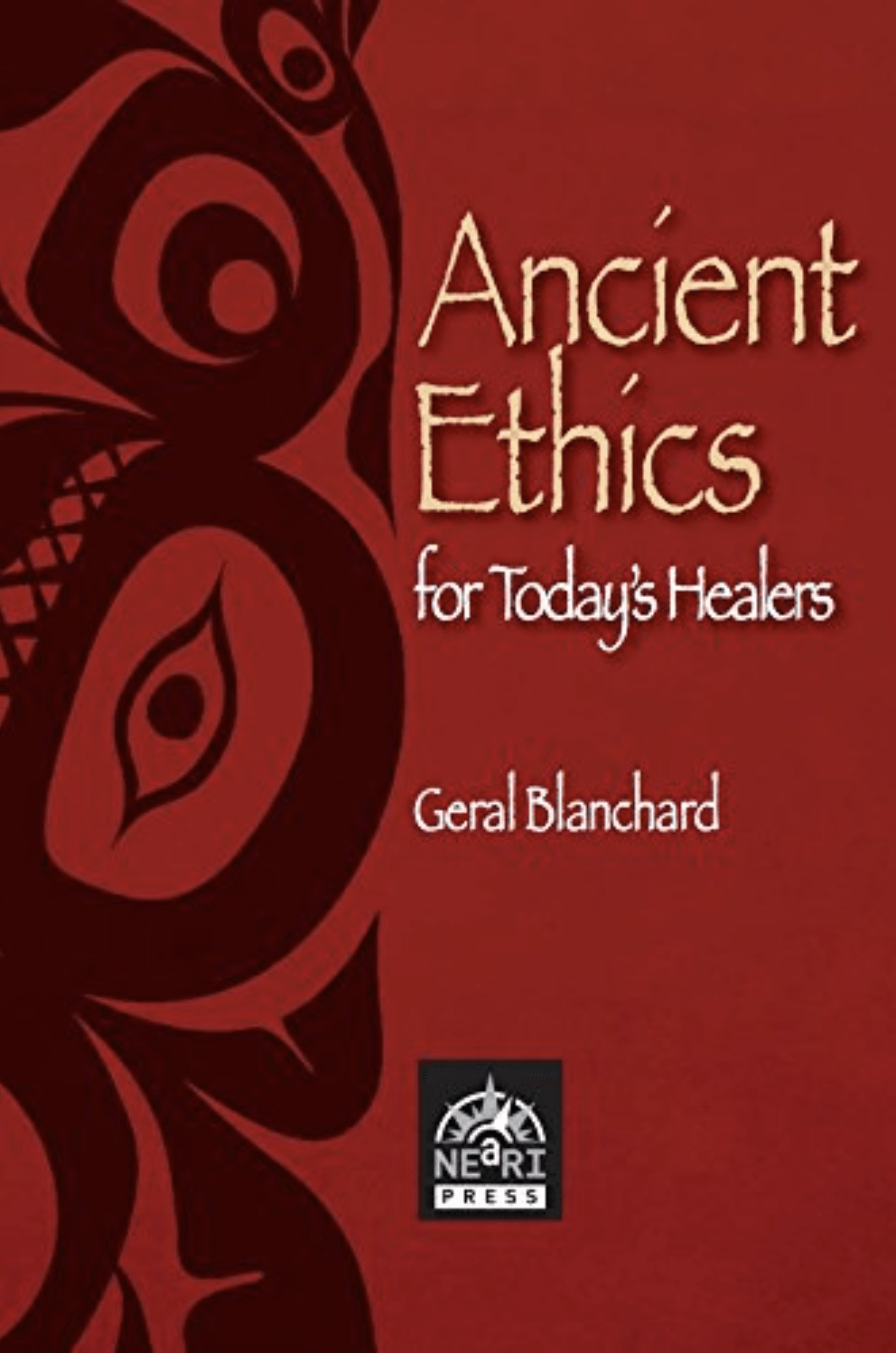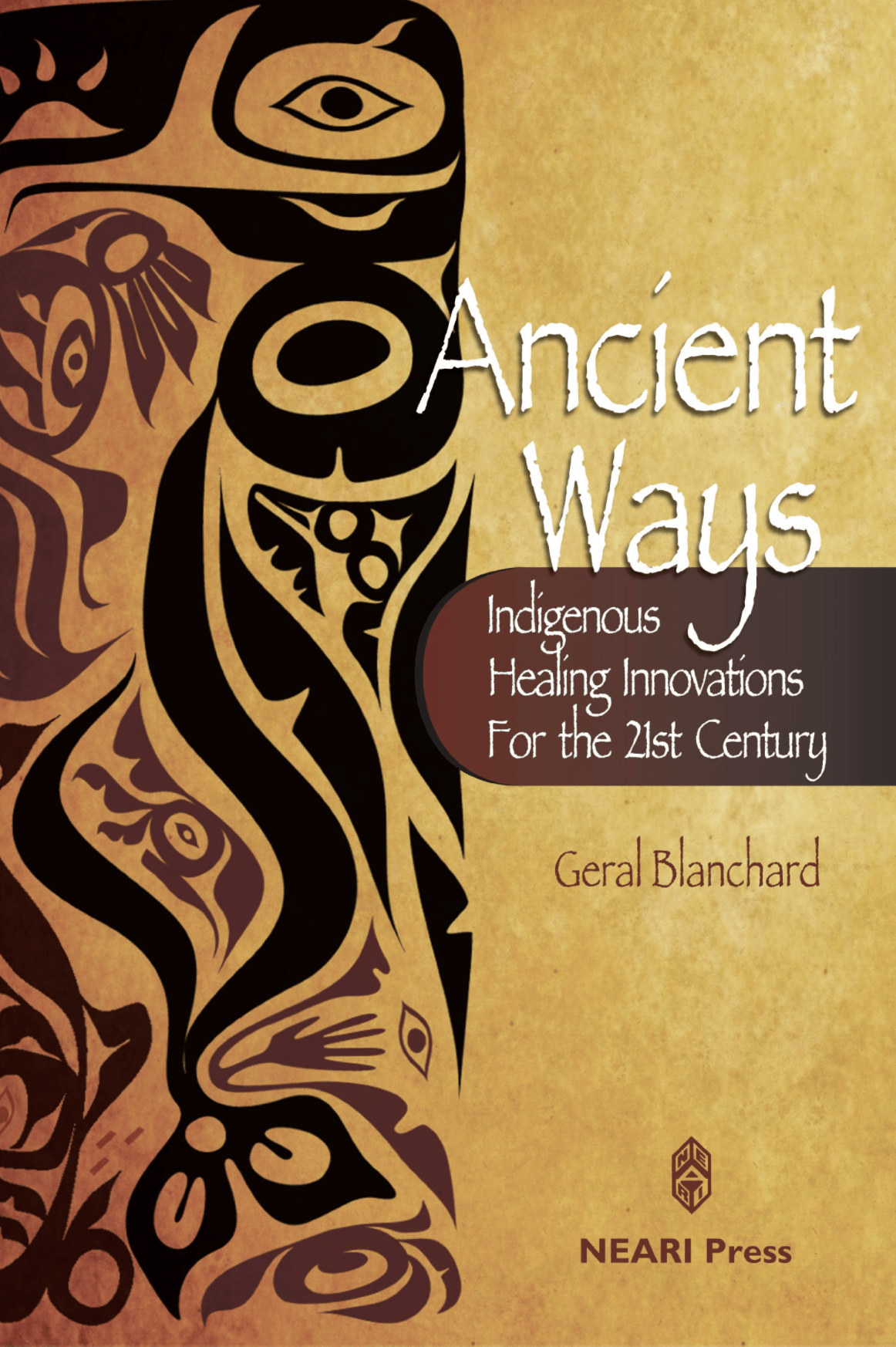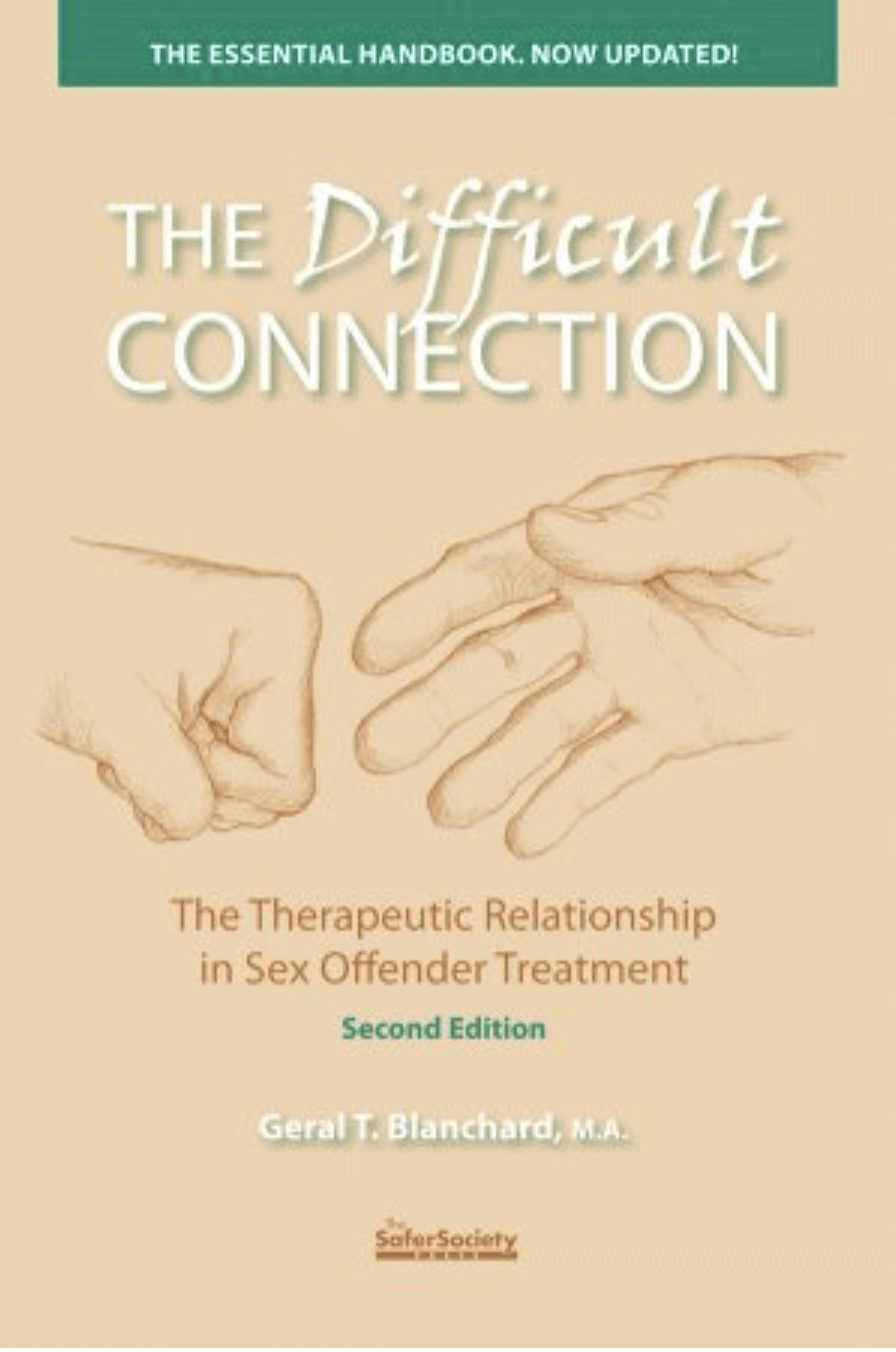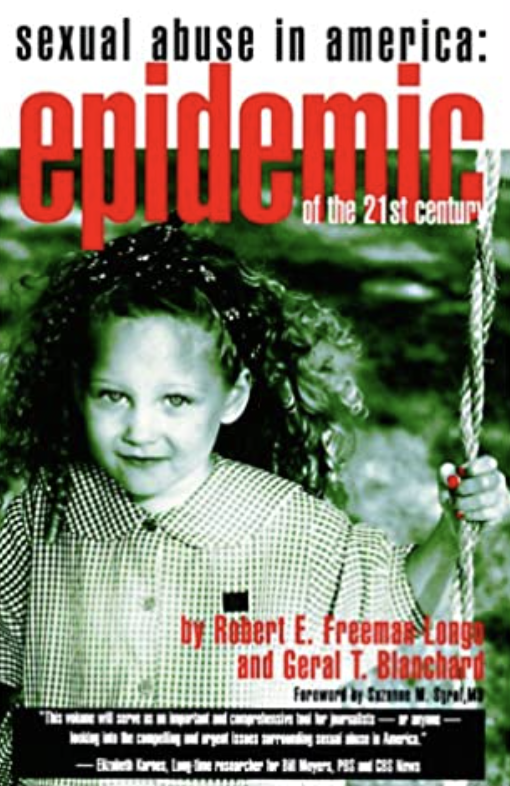Geral Blanchard, LPC, is a psychotherapist who is university trained in psychology and anthropology. Formerly of Wyoming and currently residing in Iowa, Geral travels the world in search of ancient secrets that can augment the art and science of healing. From Western neuroscience to Amazonian shamanism, he has developed an understanding of how to combine old and new healing strategies to optimize recovery, whether from psychological or physical maladies.
MDMA and Dreams
Very preliminary information – scientific and anecdotal – suggests a connection between MDMA and other chemicals which may positively affect dreams.
For some time I have suspected that persons with rich dream lives may have more lucid visionary experiences during an MDMA session.
There may also be some hormones, neurotransmitters, and supplements that enhance dream activity such as melatonin and dopamine. Conversely, certain prescription drugs, especially tranquilizers, can interfere with a rich dream life by decreasing melatonin, and dopamine.
Hallucinogens and stimulants such as LSD, DMT (dimethyltryptamine, a natural hormone), mescaline, and amphetamines all can increase melatonin (a hormone) and dopamine (a neurotransmitter). Did you know that DMT is found naturally in the human body, particularly in the pineal gland (the “third eye”) which seems to be implicated in MDMA’s effectiveness? And further, melatonin is naturally released at night in the pineal gland; it acts directly on the dreaming system to increase and intensify the movement of sensory images from the brain stem to the upper cortex area. Melatonin also expedites movement of memory images from the conscious brain back to unconscious memory storage.
There is another brain region that is clearly implicated in opening the brain’s doorway to the collective unconscious (that congregate of human consciousness) -- the locus coeruleus, located at the brain stem. It stimulates dream flow related to relationships including intrapersonal, interpersonal, familial, ancestral, and beyond. Additionally, this part of the brain is linked with our stress and panic responses. So if you are thinking of ingesting a pure grade of MDMA – the relational medicine -- you may want to consider all these relational influencers. Complex stuff, wouldn’t you say? As a consumer, if you are thinking of exploring an empathogen like MDMA, or perhaps a little rougher ride with a psychedelic, there are some things you may want to know about the aforementioned chemicals (and some plants) that may impact you.
For instance, it may interest you to know that many people have reported supplementing with melatonin as an evening sleep aid often increases their dream activity BUT of a nightmarish nature, which may not be desirable if you are attempting overcome PTSD.
Anecdotally, I am aware of patients who have reported more dreams, and happier dreams, post-MDMA. For general brain health, and to promote cell development and neurogenesis in the brain, L-glutathione is often recommended. Choline (considered a B-vitamin) is another reparative nutrient that, quite interestingly, increases dream activity. For persons who have long been troubled with insomnia, valerian root not only is a safe sleep aid, it has been scientifically proven to improve dream recall and influence dream content.
Dream researchers have recommended large amounts of Vitamin B-6 (100-500 mg/day range) two hours before bedtime. Tryptophan (a calmative), another fave in dream circles, purportedly enhances dream recall, intensity, colors, and bizarreness. Galantamine (a memory supporting prescription drug), along with the amino acids L-theanine (natural and very safe calmative) and L-glutamine, faves in dream communities although I can’t speak to their efficacy.
On the fringe of dreams studies you may find reference to the African succulent, kanna. The Khoikhoi and San Bushmen will often chew on this plant all day long. It keeps them in a relaxed and dreamy state, somewhat like drinking alcohol, but supposedly without the downsides. Tribal people report it is also a pain killer and that is the likely reason some South African dentists use it to anesthetize the lower jaw.
While I cannot recommend any of these supplements, the research on the amino acid L-glutathione is very, very positive and choline is strongly recommended by neuropsychiatric colleagues for the promotion of brain health and healing. Scientific literature reports both to be very safe.
The takeaway is to consider dream work as a very helpful part of multiple MDMA assisted psychotherapy protocols. You may have powerful psychic or spiritual experiences in both dimensions. The medicine works great in many ways, but your pre- and post-treatment homework will be essential to establish and maintain the momentum of growth.
**********
“A deeper understanding of our family dream dynamics is not only a way of growing individually but is also a means of recognizing our primordial connection with nameless ancestors [from] ages ago and our progeny yet to be born in the distant future. Implicitly, they too are a living part of us.”
- E. B. Bynum
“Some researchers claim that two out of three psychic experiences occur in dreams. By very conservative estimates, if only one percent of our dreams were psi dreams, then in a lifetime of one hundred minutes of dreaming in an eight-hour night, with approximately 1,500 dreams a year, we would have at least a thousand such dreams in our lifetime! In reality it is probably much higher.”
- Bruce Bynum
“In sleep, one is released into the real world.”
- Terence McKenna
*********
Additional Reading:
Edward Bruce Bynum in
The Dreamlife of Families: The Psychospiritual Connection (an academic read)
Other Topics
Basics of MDMA
Rituals and Ceremony
Brain and MDMA
Trauma
Heart
Energy Movement
Quantum Physics
Native Cosmologies
Nature
Spirituality/Enlightenment
Kogi Tribe
Books written by Geral T. Blanchard
More Articles

